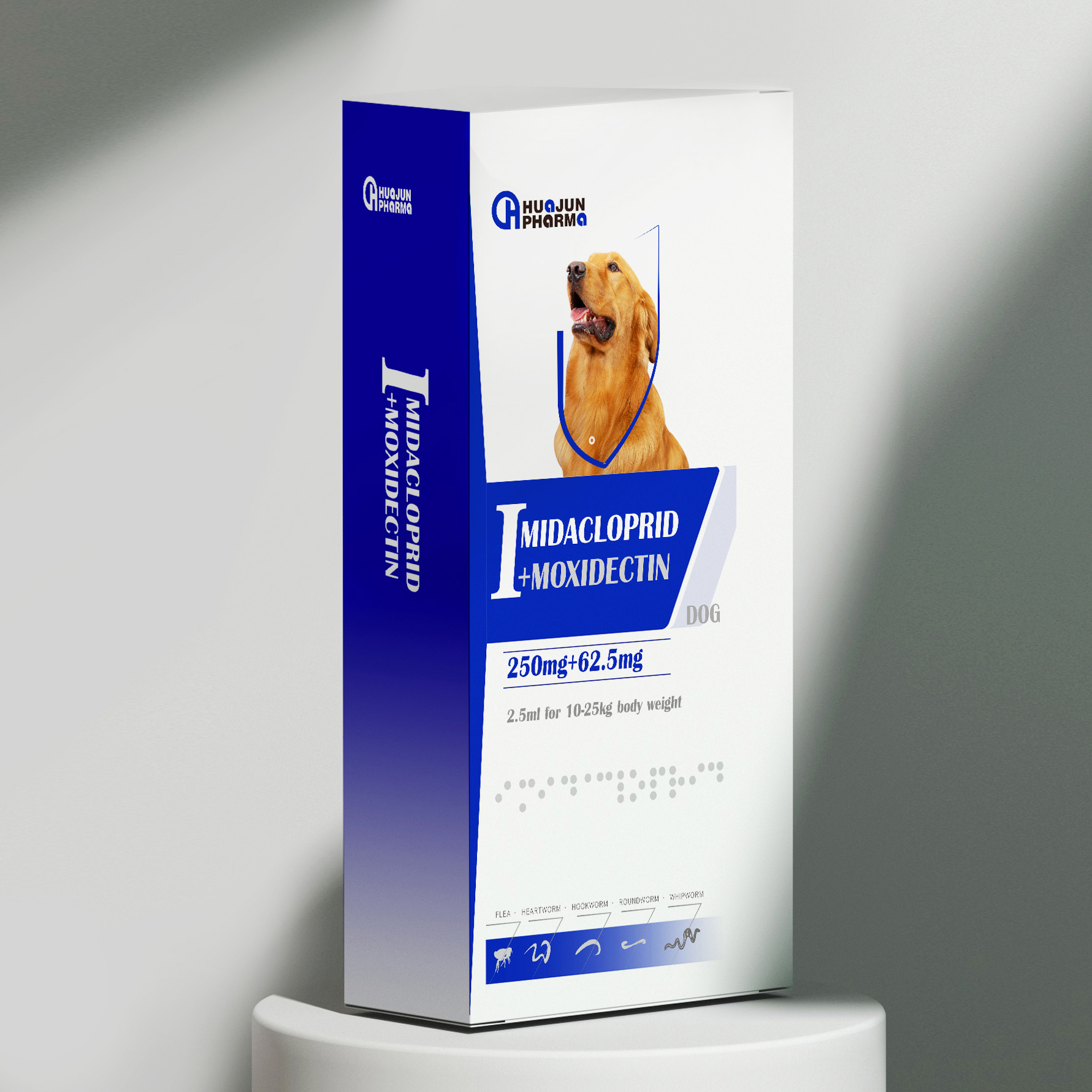
Nov . 20, 2024 06:32 Back to list
bovine abomasitis
Understanding Bovine Abomasitis Causes, Symptoms, and Management
Bovine abomasitis is an inflammatory condition affecting the abomasum, the fourth stomach compartment in cattle. This condition can be particularly detrimental to young calves and can lead to significant economic losses in the livestock industry. Understanding the causes, symptoms, and management strategies for bovine abomasitis is crucial for farmers and veterinarians alike.
Causes Bovine abomasitis can be triggered by various factors, most notably dietary changes and the presence of pathogenic microorganisms. In younger calves, overconsumption of fluid milk, milk replacers, or high-grain diets can lead to an imbalance in the gut microbiome, resulting in inflammation. Bacterial infections, particularly those caused by *Clostridium perfringens*, a toxin-producing bacterium, are a significant cause of abomasitis. Additionally, viral infections such as rotavirus or coronavirus can compromise the gastrointestinal tract, making it more susceptible to inflammation.
Symptoms The clinical signs of bovine abomasitis can vary but often include lethargy, loss of appetite, diarrhea, and in some cases, severe abdominal pain. Affected calves may exhibit unusual postures, such as stretching out their front legs and grunting. Palpation of the abdomen may reveal tenderness, and affected animals may show signs of dehydration and a decrease in body condition. In severe cases, the condition can lead to shock and can be fatal if not promptly addressed.
bovine abomasitis

Management and Treatment Early intervention is essential for managing bovine abomasitis. Producers should monitor calves closely for any changes in behavior or feeding habits. Once diagnosed, treatment typically involves supportive care, including fluid therapy to combat dehydration, anti-inflammatory medications, and antibiotics if a bacterial infection is suspected.
Preventative measures are equally important. Ensuring a balanced diet and gradually introducing solid feeds can reduce the risk of abomasitis. Maintaining good hygiene and biosecurity practices on farms can help minimize the introduction of pathogens. Regular veterinary check-ups for young stock are also recommended to identify health issues before they escalate.
In conclusion, bovine abomasitis is a serious condition that requires prompt recognition and management. By understanding its causes and symptoms, as well as implementing effective prevention strategies, farmers can protect their herds and ensure the health and productivity of their livestock.
-
Premium Lincomycin HCl API Manufacturers Trusted Supplier & Factory
NewsMay.17,2025
-
Mad Cow Disease Test Kits Reliable BSE Detection Solutions
NewsMay.17,2025
-
Best Anti-Inflammatory for Cattle Trusted Manufacturer & Supplier
NewsMay.17,2025
-
Confusion Solutions Reliable Factory, Manufacturer & Supplier
NewsMay.16,2025
-
Brewing Cell Wall Factory & Supplier High-Quality Fermentation Solutions
NewsMay.16,2025
-
Bradsot Solutions Durable & Customizable Industrial Components
NewsMay.15,2025




